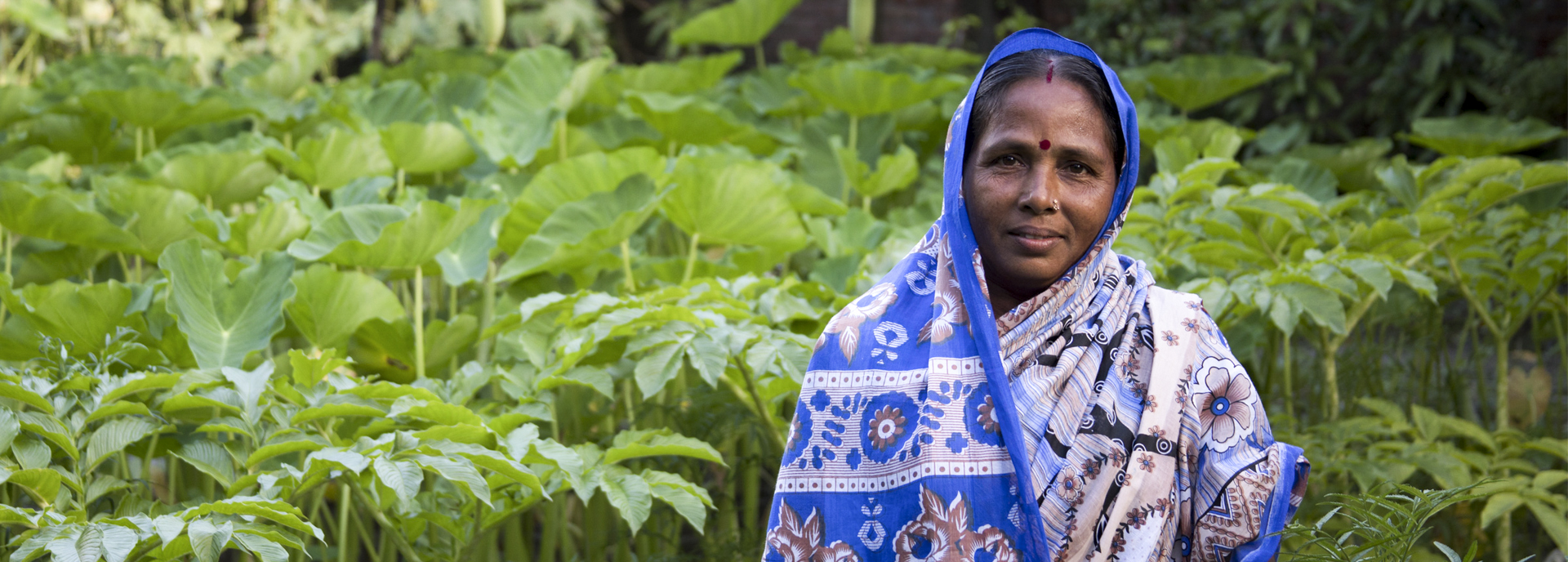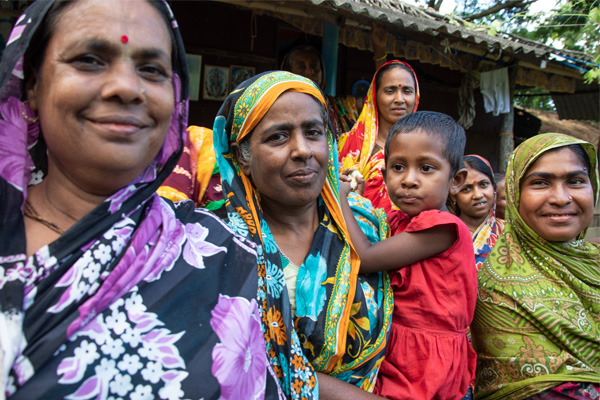
Fishing for Change
Conserving wetlands, protecting fish — and helping communities flourish.
Erin Hughes
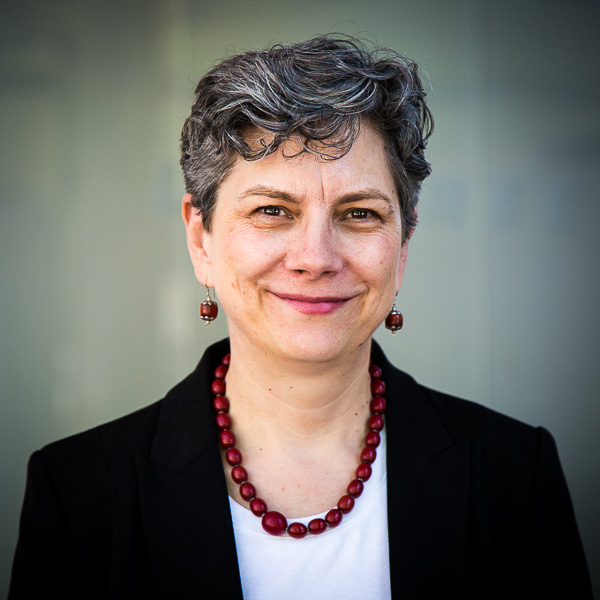 “Do your husbands object to your attending class?”
“Do your husbands object to your attending class?”
“No, no, no,” say the women.
“With a show of hands, how many of you are now earning money?”
Nearly everyone in class raises her hand.
The women of Baika Beel are participating in one of USAID Bangladesh’s Climate Resilient Ecosystem and Livelihoods (CREL) project’s financial entrepreneurship and literacy courses. CREL livelihood classes taught fishing families and others basic literacy, numeracy and business skills — and also helped them see the importance of conserving local wetlands and forests.
These women and their families depend on seasonally flooded wetlands for their livelihoods and subsistence. The fresh water wetlands known as beels and haors are ecologically important and serve as a critical source of food, especially fish, for thousands of families. Fish are an important source of protein and micronutrients, and overfishing has made the fish scare and deprived fishing families of an important source of dietary protein. Fish are also important for local birds and for migratory birds such as the Siberian crane, which feeds in beels and haors as it travels to and from Siberia.
Winrock’s CREL project (2012-2018) worked with the government, people and local NGOs to improve the conservation of ecologically significant areas such as Baika Beel by improving policy, strengthening local governance of resources through co-management, improving the environment and providing alternative livelihoods for users.
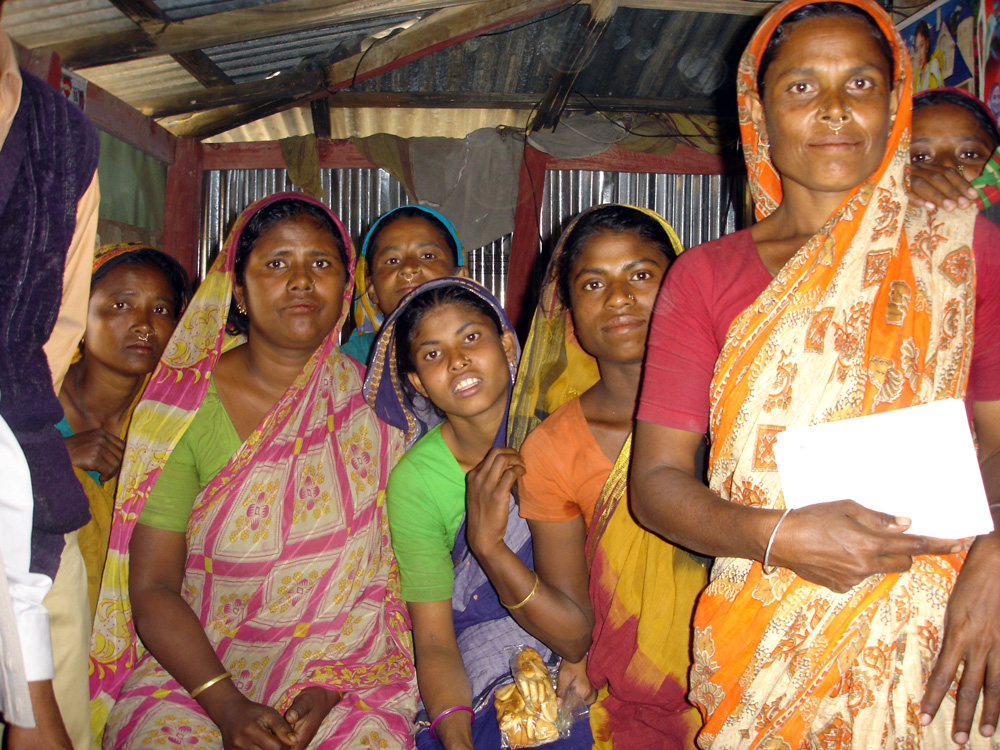 The project built on Winrock’s groundbreaking work with the Management of Aquatic Ecosystems through Community Husbandry (MACH) project, which ran from 1998-2007 and pioneered the co-management approach of engaging local people with the government to manage resources, including restricting the use of wetlands. Some areas become sanctuaries where fishing is prohibited while other areas may be closed for limited periods when fish are breeding and maturing. Restricting access is important to allow fish populations to recover after years of overfishing, but when the resource is closed off for fishing, poor and marginalized communities are negatively affected. MACH initiated alternative livelihoods programs so that women and men could still earn money when their access to fishing was limited or closed off.
The project built on Winrock’s groundbreaking work with the Management of Aquatic Ecosystems through Community Husbandry (MACH) project, which ran from 1998-2007 and pioneered the co-management approach of engaging local people with the government to manage resources, including restricting the use of wetlands. Some areas become sanctuaries where fishing is prohibited while other areas may be closed for limited periods when fish are breeding and maturing. Restricting access is important to allow fish populations to recover after years of overfishing, but when the resource is closed off for fishing, poor and marginalized communities are negatively affected. MACH initiated alternative livelihoods programs so that women and men could still earn money when their access to fishing was limited or closed off.
CREL built on MACH’s work and used a market-driven strategy to identify key livelihoods appropriate for the communities. Starting with a market study, the staff identified markets for goods and services suitable for people to produce in specific locations. We found that people with small plots of land could produce high value agriculture including horticulture products like vegetables or fruit or livestock such as poultry. CREL provided training on how to access markets and raise crops. The project also trained local service providers to be lead farmers who learned more about how to troubleshoot problems and provide linkages between beneficiaries, markets and agrovets (stores that supply seeds, fertilizer, expertise and sometimes financing to maximize what farmers grow). For people without land, CREL identified other income opportunities, such as ecotourism and home-based handicrafts such as those created by Winrock partner Pebble Child, which trained women to crochet toys that are sold in the United Kingdom and the U.S. In addition to agriculture, CREL staff provided livelihood training — how to establish plant nurseries, crochet prayer caps and produce other handicrafts, as well as ecotourism and service sector jobs. CREL also helped establish savings and loan groups to help women save money and access credit.
Recognizing that many of the disadvantaged lacked education, CREL introduced the six-month financial entrepreneurship and literacy course. Overall, 8,055 women graduated from the class, which not only helped them earn income but also increased empowerment by 60 percent (as measured by an index). From this activity, 72,000 households increased their incomes by 42 percent on average as compared to what they earned before CREL’s launch. This affected more than 362,400 people.
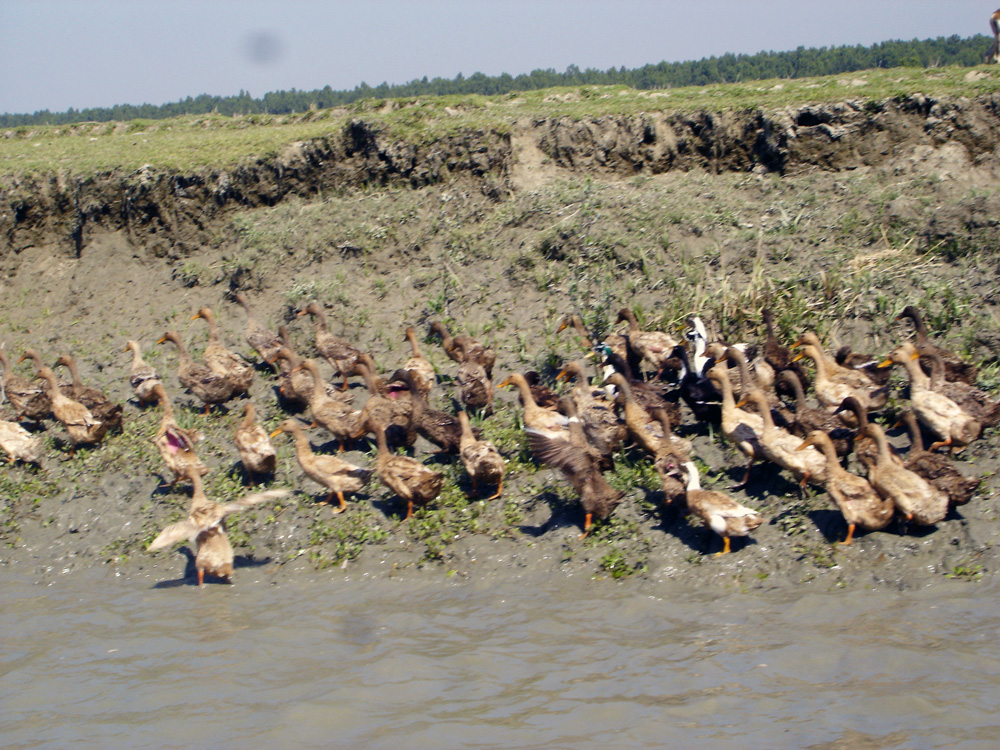 CREL’s approach helped restore and make fisheries economically viable and improved the environment. For example, surveys found a small increase in already high (restored) fish catches in Hail Haor (in which Baika Beel resides) valued at 14.5 million taka (approximately U.S. $170,000) per year more than the baseline. The 62-percent increase in catches in Hakaluki Haor over three years showed an incremental return of almost 2,000 tons a year valued at over 200 million taka (almost U.S. $2.5 million) per year.
CREL’s approach helped restore and make fisheries economically viable and improved the environment. For example, surveys found a small increase in already high (restored) fish catches in Hail Haor (in which Baika Beel resides) valued at 14.5 million taka (approximately U.S. $170,000) per year more than the baseline. The 62-percent increase in catches in Hakaluki Haor over three years showed an incremental return of almost 2,000 tons a year valued at over 200 million taka (almost U.S. $2.5 million) per year.
A survey of birds, another indicator of restored ecosystems, showed that Baikka Beel continued to host high numbers and diversity of species, including the endangered Pallas’s Fish Eagle and eight other globally threatened species.
In short, the women in Baika Beel have skills and are raising food to sell and eat. Their landscape and resources are improved — and protected for future generations.

Related Projects
